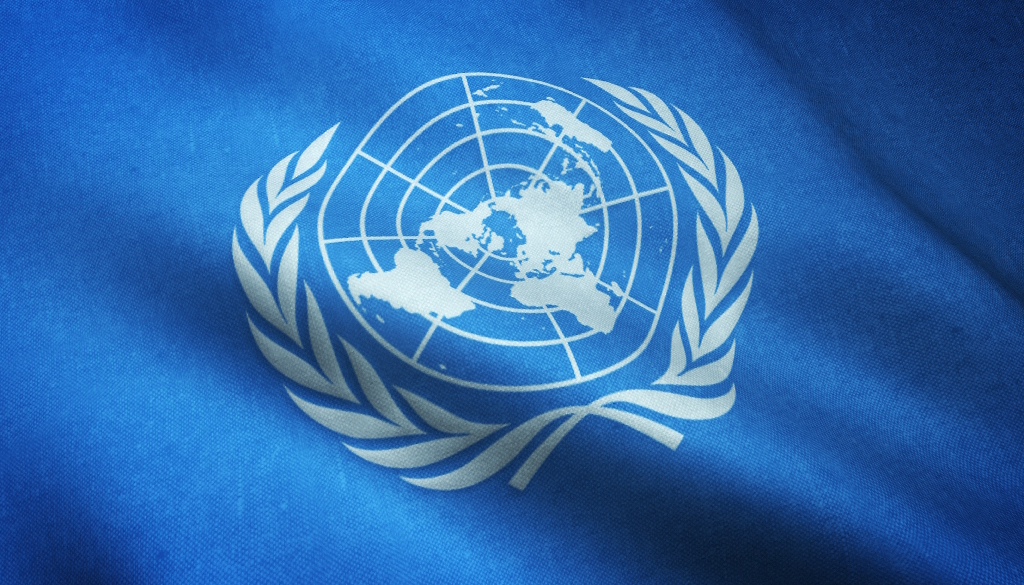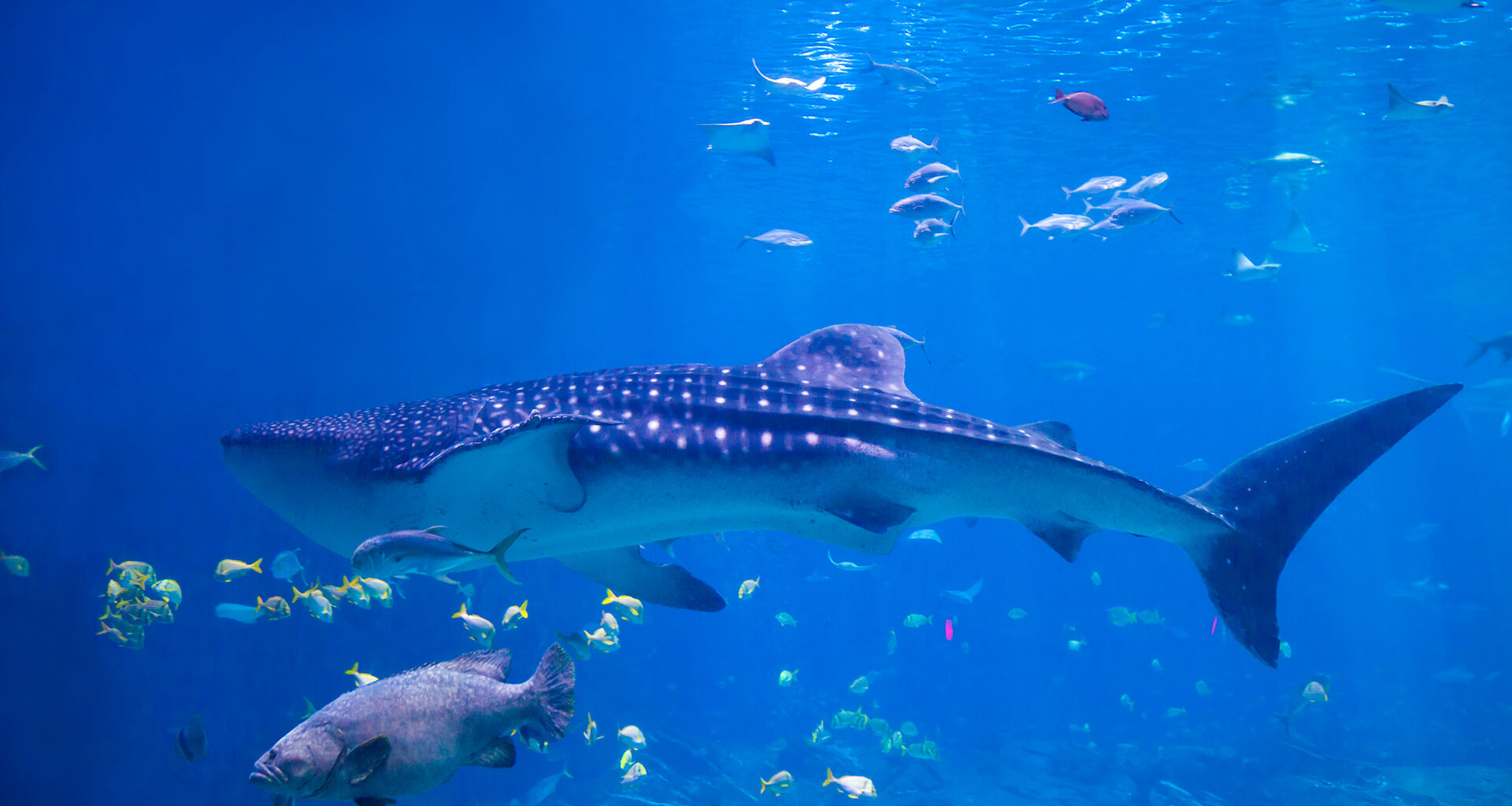The Earth’s rich tapestry of life, with its diverse species and ecosystems, faces unprecedented threats from habitat loss, pollution, climate change, and overexploitation. Recognizing the urgent need to protect biodiversity, a global initiative has been launched to safeguard threatened species and preserve the delicate balance of life on our planet.
The Biodiversity Crisis:
The planet is experiencing a biodiversity crisis marked by alarming rates of species extinction. This crisis is driven by human activities, including deforestation, pollution, poaching, and the introduction of invasive species. The loss of biodiversity has far-reaching ecological, economic, and cultural consequences.
The Global Initiative:
A united global effort has emerged to address the biodiversity crisis:
- The Convention on Biological Diversity (CBD): The CBD, an international treaty adopted at the Earth Summit in 1992, is at the heart of global efforts to conserve biodiversity. It sets targets and provides a framework for the conservation and sustainable use of biological diversity.
- The Post-2020 Global Biodiversity Framework: A new global biodiversity framework is being developed under the CBD, with a focus on addressing the root causes of biodiversity loss, protecting ecosystems, and promoting sustainable development.
Key Objectives:
The global initiative to protect biodiversity has several key objectives:
- Conservation of Species: Efforts are underway to conserve threatened and endangered species through habitat restoration, captive breeding, and protection of critical habitats.
- Protected Areas: The establishment and effective management of protected areas play a vital role in safeguarding biodiversity.
- Ecosystem Restoration: Initiatives to restore damaged ecosystems, such as reforestation and wetland restoration, contribute to biodiversity conservation.
- Sustainable Practices: Encouraging sustainable practices in agriculture, fisheries, and forestry helps reduce the impact of human activities on biodiversity.
Success Stories:
- Giant Panda Conservation: China’s efforts to protect and restore giant panda habitats have resulted in a significant increase in the wild panda population.
- Marine Protected Areas: Various countries have established marine protected areas to safeguard critical ocean ecosystems.
Challenges and Ongoing Efforts:
- Habitat Loss: Addressing habitat loss due to urbanization and agriculture remains a complex challenge.
- Climate Change: Climate change poses a significant threat to biodiversity, requiring innovative solutions for species adaptation and habitat protection.
The Call for Action:
The global initiative to protect biodiversity is a call for action at all levels—local, national, and international. It emphasizes the need for sustainable practices, responsible consumption, and conservation efforts that recognize the interconnectedness of all life on Earth. Protecting biodiversity is not just about preserving individual species; it’s about safeguarding the intricate web of life that sustains us all. By taking collective action, we can ensure a future where the world’s ecosystems thrive, and all species can coexist harmoniously on our shared planet.



 UN
UN 




